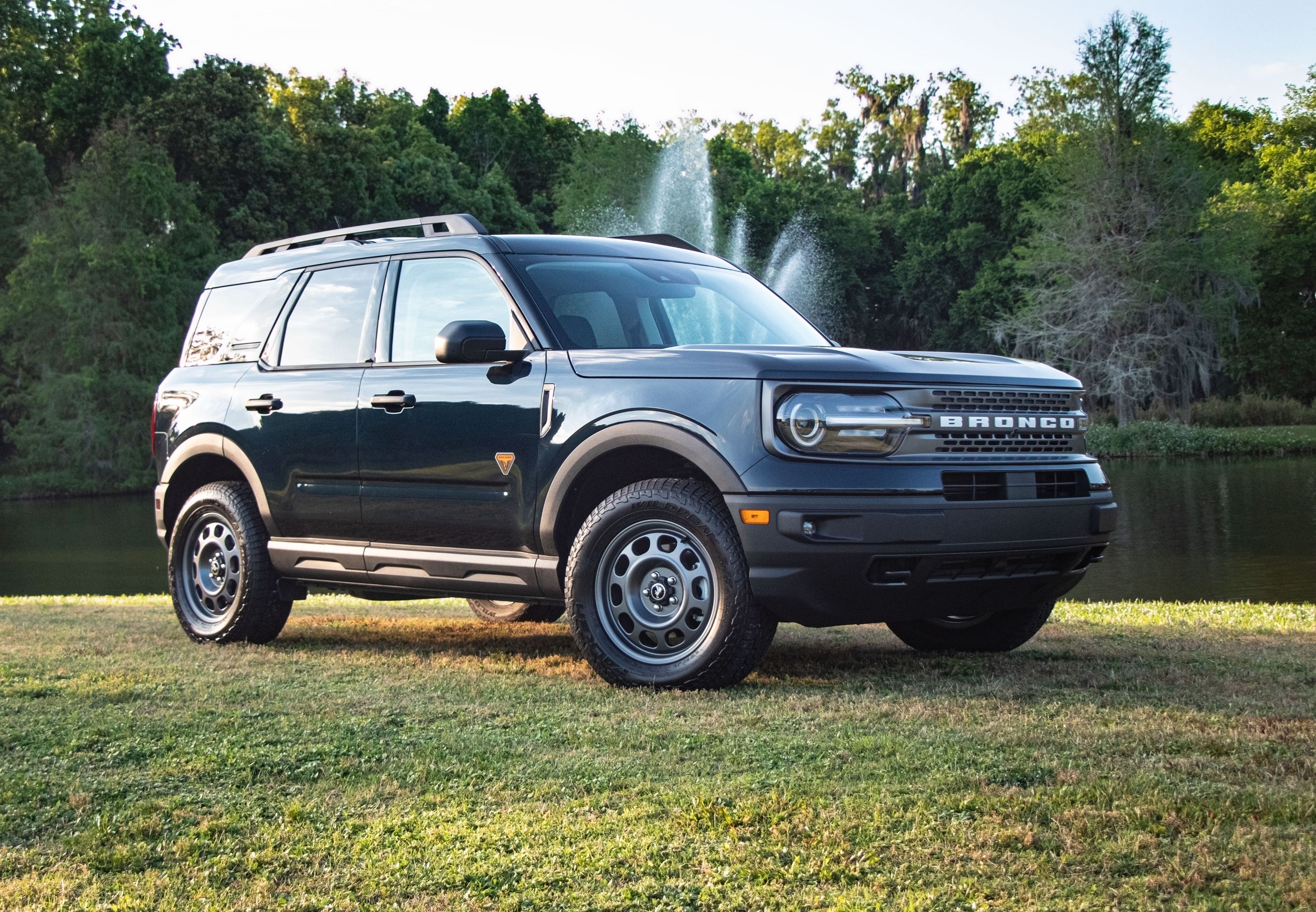
Previously the reserve of luxury cars like the Mercedes-Benz S-Class, autonomous emergency braking (AEB) has since been introduced to more mainstream vehicles and has mitigated numerous collisions. While beneficial, the technology isn't perfect.
A test conducted in the dark by Luminar pitted a Tesla Model 3 against a LiDar-equipped Lexus, to highlight the differences between safety systems. Both were confronted with a dummy pedestrian and, while the Lexus stopped in time, the Tesla mowed the dummy down. There's no denying the system is useful, but this does seem to prove it's not as effective at night.
The IIHS would certainly agree if its latest investigation is anything to go by. In all light conditions, the study found that crash rates for pedestrian crashes were 27% lower for vehicles equipped with pedestrian AEB than it was for unequipped vehicles. Injuries were also 30% lower. However, when looking at accidents that occurred on poorly-lit roads at night, there was no difference in crash risk for vehicles equipped with or without the safety feature.
Since 2009, pedestrian crash deaths have increased by 51%. The 6,205 pedestrians killed in 2019 accounted for nearly a fifth of the country's traffic fatalities. In the same year, approximately 76,000 further pedestrians sustained nonfatal injuries in traffic accidents.
In order to determine how impactful pedestrian AEB systems are, Jessica Cicchino, IIHS vice president of research and the study's author, looked at nearly 1,500 crashes involving a variety of 2017-2020 vehicles from various manufacturers. Taking several factors into consideration - driver age, gender, and vehicle headlight quality - the researcher then compared pedestrian crash rates for identical vehicles with and without the safety feature. Lastly, the technology was examined by cross-referencing crash severity, speed limit, lighting conditions, and whether the vehicle was turning.
As mentioned earlier, a reduction in pedestrian crash rates was found, and so too was a reduction in injury crash rates. But in unlit areas, there was no difference in the odds of a nighttime pedestrian crash for vehicles with or without pedestrian AEB. With over 73% of pedestrian-related accidents occurring between 6 PM and 6 AM, it is crucial that these systems work flawlessly, regardless of the conditions.
Overall, the technology did reduce the odds of a pedestrian crash by 32% during daylight and 33% in areas and on roads with artificial lighting at dawn, dusk, and at night.
The safety technology was also associated with a 32% reduction in the odds of a pedestrian incident on roads with speed limits of 25 mph or less and an even higher 34% on roads with limits of 30-35 mph. However, no reduction was noted on roads with speed limits of 50 mph or higher or when the vehicle was performing a turn.
David Aylor, manager of active safety testing at IIHS, acknowledged the need to test pedestrian AEB systems at night and, as such, put eight small SUVs to the test - in full darkness at the IIHS Vehicle Research Center's track. Each vehicle was tested twice, first performing with high-beam headlights and then low beams. Previously, the IIHS has pitted a separate group of SUVs against each other in the same test, albeit in daylight.
The test vehicle group consisted of a 2019 Subaru Forester, 2019 Volvo XC40, 2020 Honda CR-V, 2020 Hyundai Venue, 2021 Chevrolet Trailblazer, 2021 Ford Bronco Sport, 2021 Toyota C-HR, and, lastly, a 2022 Volkswagen Taos.
The mixed group was chosen as these all offer a wide variety of AEB systems; single camera, dual camera, a combination of a camera and radar, and just radar. Furthermore, the vehicles in the group also have varied ratings for front crash prevention evaluation and headlights.
Apart from the radar-only VW, overall performance declined in the dark to knock Superior-rated vehicles to Advanced using their high beams. It worsened with low beams, moving Superior-rated SUVs to a Basic rating. The IIHS noted, however, that the benefits of radar varied in this sample.
Due to the fact that radar doesn't rely on light, the Taos achieved the same results in the dark - but it was the worst performer in the daytime test. Overall, the C-HR and Bronco Sport (which both use a combination of camera and radar) performed best.
"Some systems worked much better than others in the dark, but there was no single type of technology that got better results," says Aylo. Later this year, the organization will begin issuing ratings for nighttime pedestrian AEB.
While the technology is useful, the study shows there's still a lot of work to be done to improve the safety feature, to create a more comprehensive pedestrian avoidance system that can save lives, no matter the driving conditions.
